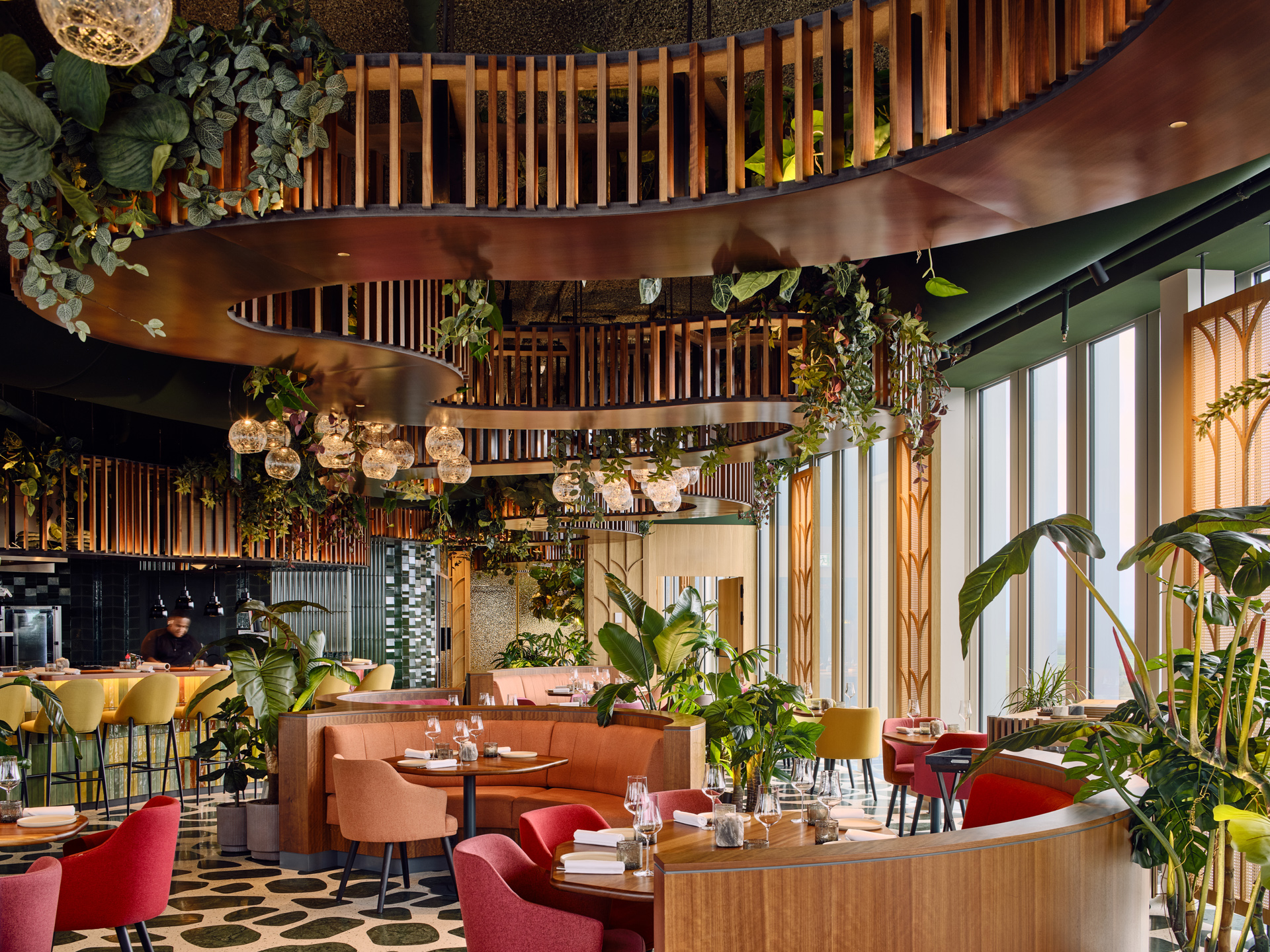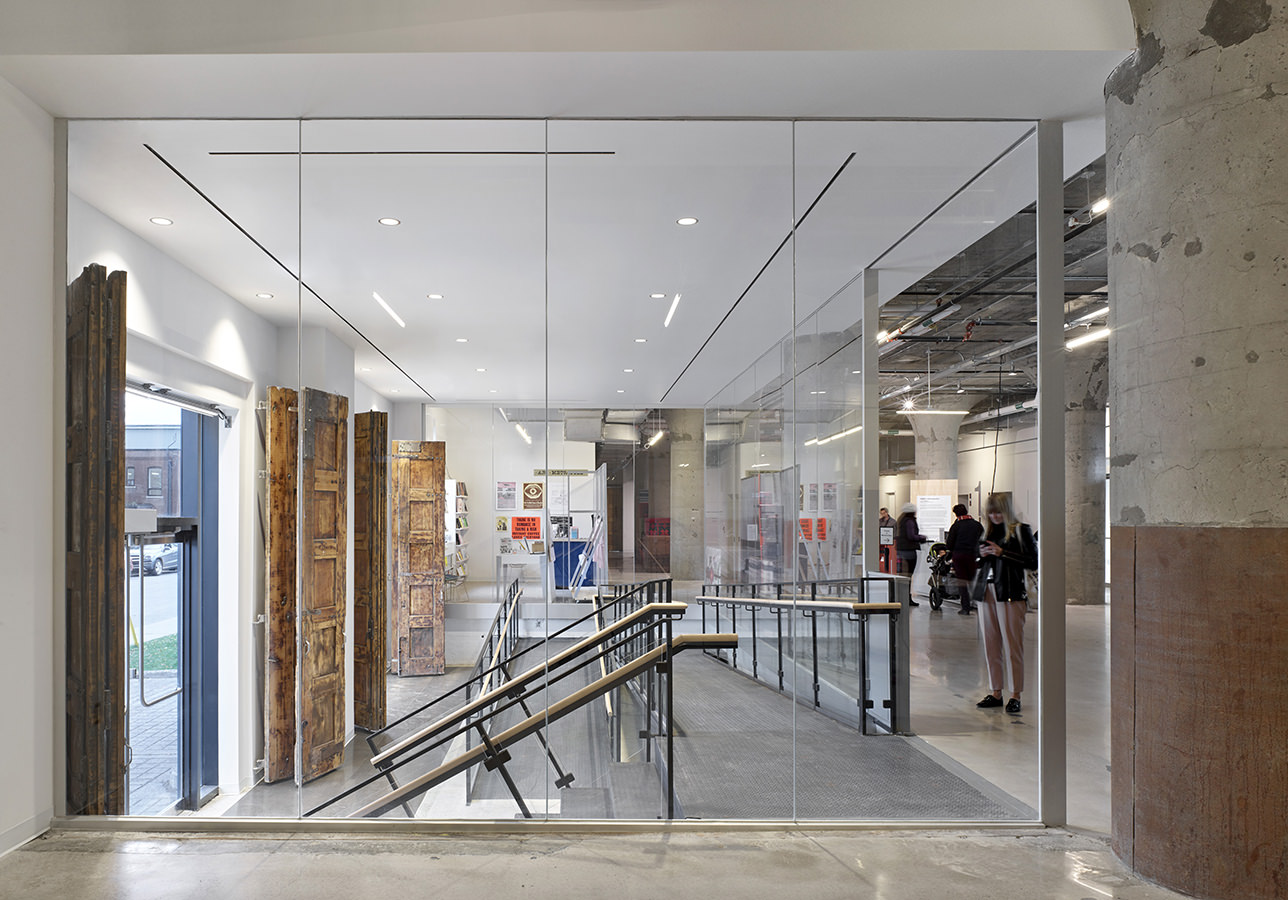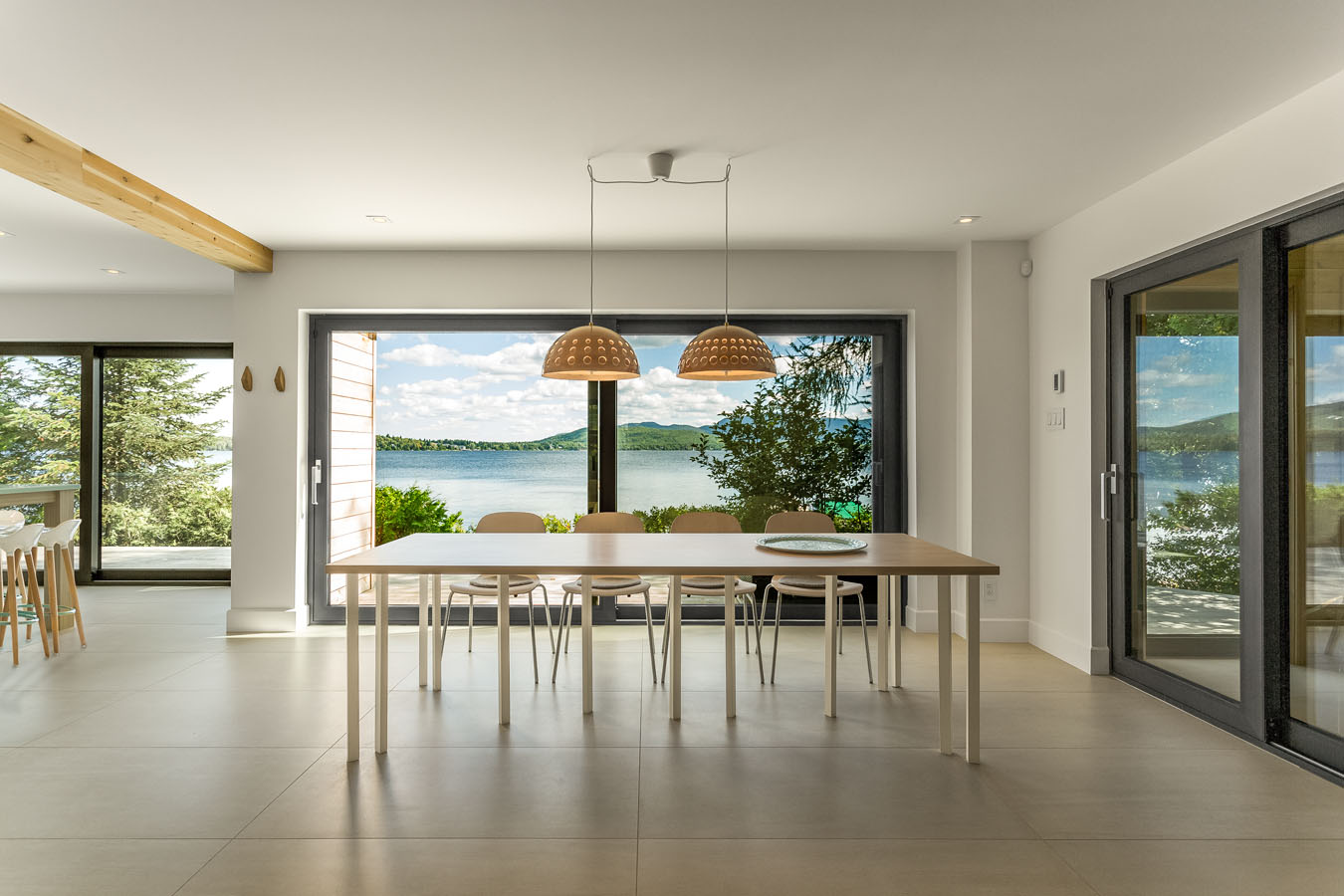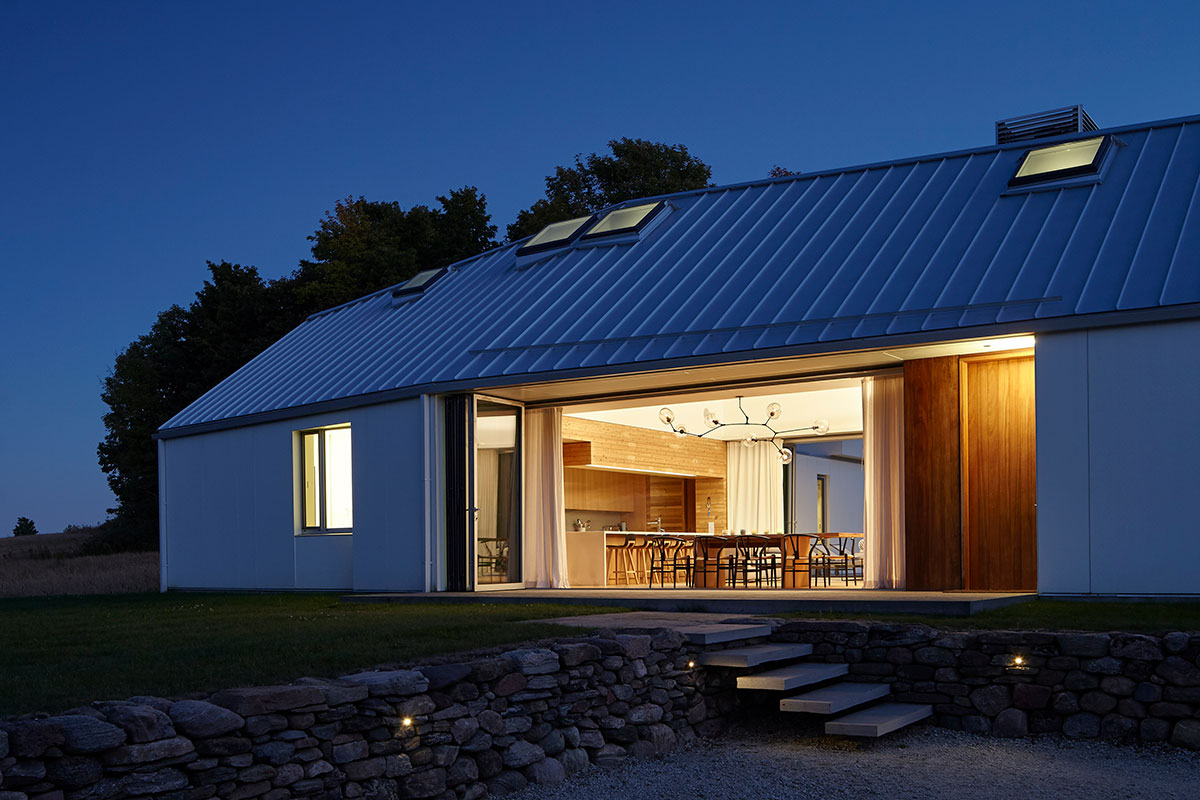Berries, beetles and barks. No, this is not the title of a Discovery Channel documentary. These wonders of nature are becoming highly sought after items in the textile world. At events like the Pitti Filati Yarn Exhibition in Italy and the World Natural Dye Conference in India, top fashion designers and textile merchants discuss the benefits and challenges of using nature’s palette to color their fabrics.
Although ancient civilizations used dye with natural ingredients, the advent of the industrial age and commercial textile production brought forth the use of synthetic dyes. Less expensive to produce with more consistent, uniform effects in fabrics, these dyes were, and still are, made from metals, acids and other harmful substances.
Comparatively small and specialized, the movement toward the use of natural dyes is about using fewer chemicals on our bodies and in our homes as much as it is about the natural environments surrounding textile mills. The manufacture and use of synthetic dyes employs a tremendous amount of water and resulting waste products are often dumped in nearby rivers. The well being of workers who spend long periods of time in close proximity to the dyes are also at risk.
As more designers become aware of the negative impact synthetic dyes can have, more are now using fabrics made from sustainable fibers, as well as low- or no-impact dyes. While many of the lines using such dyes offer pieces that would not be fit for much other than a sit-in or a yoga class, there are a few to watch.
The most significant is U.K.’s Romp, a design duo claiming to be the “world’s first soil association certified and global organic textile standard certified couture fashion house”. Known for sexy, rock-inspired looks for men and women, Romp uses only certified organic vegetable and insect dyes in their designs.
A more mainstream and readily accessible option is Levi’s Eco jeans, a line of jeans made from organic cotton and dyed with natural indigo. Stella McCartney offers pieces in a green line at Barney’s New York dyed with non-polluting processes. Another option is to buy from European-produced fashion lines. Standards for production are stricter and many of the most worrisome synthetic dye ingredients are banned.
You can also dye your own clothes. Online how-to guides and blogs offer plenty of recipes, pointers and warnings.
[latest articles]

Selva Restaurant: A Design Inspired Dining Experience in Amsterdam

New Home of Toronto’s Museum of Contemporary Art

Nordic Architecture and Sleek Interior Design

Charting a New Course at Compass House



Can you be more specific about the content of your article? After reading it, I still have some doubts. Hope you can help me.